Table of Contents
- Why It’s Worth Visiting Charleston, SC
- Eat Boiled Peanuts From Timbo’s
- Learn Why Bill Murray Is a RiverDogs Fan
- See How the Early Charleston Elites Lived
- Instead of Taking a Carriage Tour, Rent a Bike
- Stand Where the First Shots Were Fired
- Explore the Gibbes Art Museum
- Go to Among the United States’ Oldest Plantations
- The Ma Bowen Method of Eating Oysters
- Go to the USS Yorktown
- The Intracoastal Waterway in a Kayak
- Consume Freshly Caught Seafood at a Shipwreck Site
- Feed Your Soul in a Church That Has Converted
- Go on a Barbecue Tour of the Top Pitmasters in the South
- Buy a Sweetgrass Basket at the Four Corners of Law
- Visit Vendue to See the Sunset
- Learn About Slavery at McCleod Plantation
- Locate Your Biscuit Jam
- Visit One of the Oldest Museums in the Country
- Devour Some She-Crab Soup
- Visit Philip Simmons House and Workshop
- See the Oldest Tree in the Southeast
1-Why it’s worth visiting Charleston, SC.
The Lowcountry, and Charleston in particular, has a way of drawing people back. A single visit is not possible. The city in the South is well-known for its excellent culinary scene, well-preserved historic architecture, and much more. Our list of Charleston’s top attractions will give you plenty of ideas for your trip to South Carolina, from the best outdoor activities to museums and culinary discoveries. We have selected 30 must-see items for your journey to the Holy City.

2-Eat Boiled Peanuts From Timbo’s
One of the real regional American treats is boiling peanuts, which you must have if you visit the Lowcountry. This airstream, which serves boiled peanuts, is worth stopping at on your approach to the majority of the plantations in the area, including Magnolia, Drayton Hall, and Middleton. Like Madonna, Timbo has achieved enough notoriety to only go by one name, and that’s because he’s been delivering boiled peanuts in plain, Cajun, and ham flavors for 20 years. For the ideal road trip snack, pick up a hot and filling bag and a refreshing drink to-go from Wednesday through Sunday.
3-Learn Why Bill Murray Is a RiverDogs Fan
The RiverDogs minor league team is co-owned by Bill Murray, and the fans appear to enjoy themselves just as much as he does at the stadium (without the mid-field hi-jinx). There is a full activities calendar that attracts fans of all ages, but the primary event is the games, which are hosted at Joseph P. Riley, Jr. Stadium. The RiverDogs have opened a food truck since the cuisine is so delicious. However, when dining there, take into account classic, dependable hot dogs or 2022-only alternatives like Wicked Sausage’s man salad or Taco Pie’s—well, taco pies. Before you go, remember to give Charlie the RiverDog a high five!
4-See How the Early Charleston Elites Lived
No other city has historic homes like Charleston’s. Despite being centuries old, a few locations have been conserved and retain their historic appeal. The narrative of former governor William Rhett and the enslaved individuals who constructed and maintained the mansion is expertly centered on the Aiken-Rhett mansion. Outside, visitors can view the slave quarters and the original furnishings.
5-Instead of taking a carriage tour, rent a bike.
No other city has the same historic residences as Charleston. Despite being hundreds of years old, a few locations have managed to preserve their historic appeal. Aiken-Rhett House effectively centers the narrative around former Governor William Rhett and the enslaved individuals who constructed and maintained the home. The original furnishings and the slave quarters are visible to visitors as they go through the building.
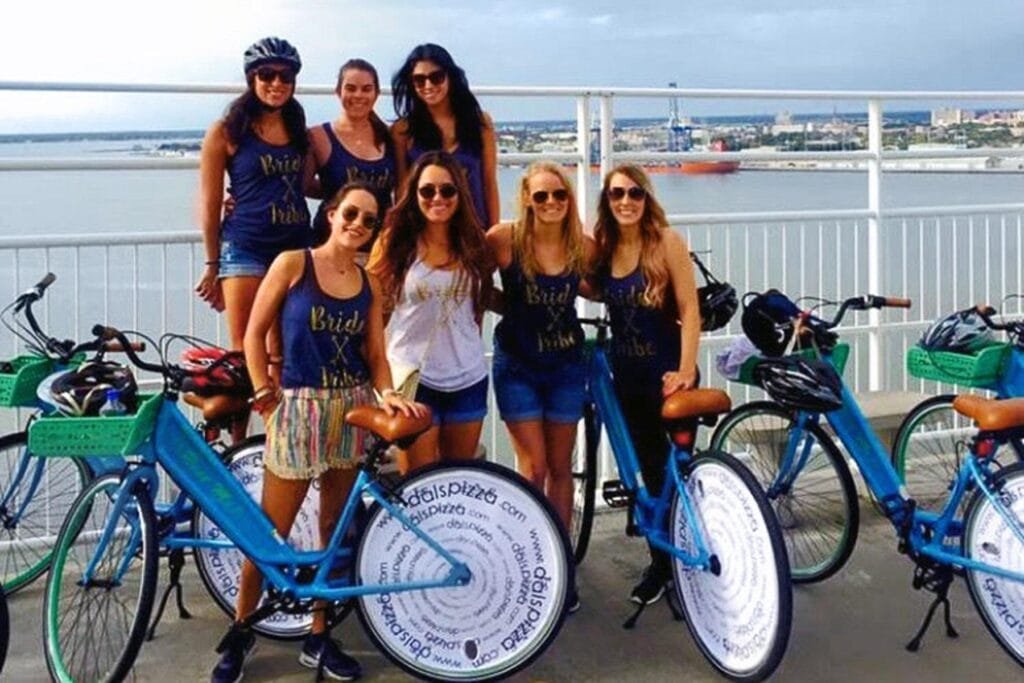
6-Stand Where the First Shots Were Fired
Charleston is a city of historical significance, and if that’s your thing, you can’t skip visiting Fort Sumter. At this spot in April 1861, the first of many Civil War battles were fought. You can visit the fort on your own or in conjunction with a Civil War tour since the city has quite a few memorials. Fort Sumter tours take people out to the National Parks site from Liberty Square next to the S.C. Aquarium and Patriots Point in Mt. Pleasant. The hour trip to the harbor is matched by an hour informative visit to the fort. It’s a great starting point for any visit to this historic city.
7-Be in the spot where the initial shots were fired.
If you’re interested in Charleston’s historical significance, you just must visit Fort Sumter. The first of numerous Civil War fights took place here in April 1861. With so many memorials in the city, you can visit the fort alone or on a Civil War tour. From Liberty Square near the S.C. Aquarium and Patriots Point in Mount Pleasant, visitors can take Fort Sumter tours to the National Parks site. An educational one-hour tour of the fort is included in the hour-long excursion to the harbor. It’s a fantastic place to start any trip to this ancient city.
8-Explore the Gibbes Art Museum.
One of the oldest art galleries in the country, which recently reopened following a $13.5 million renovation, is a must-see. Although the Gibbes occasionally hosts traveling exhibits, its room of miniatures—tiny images that were used as symbols of affection in the early 20th century—is nearly constantly on view. These charming artworks, some of which are scarcely larger than a locket, provide insight into the courtship of the time.
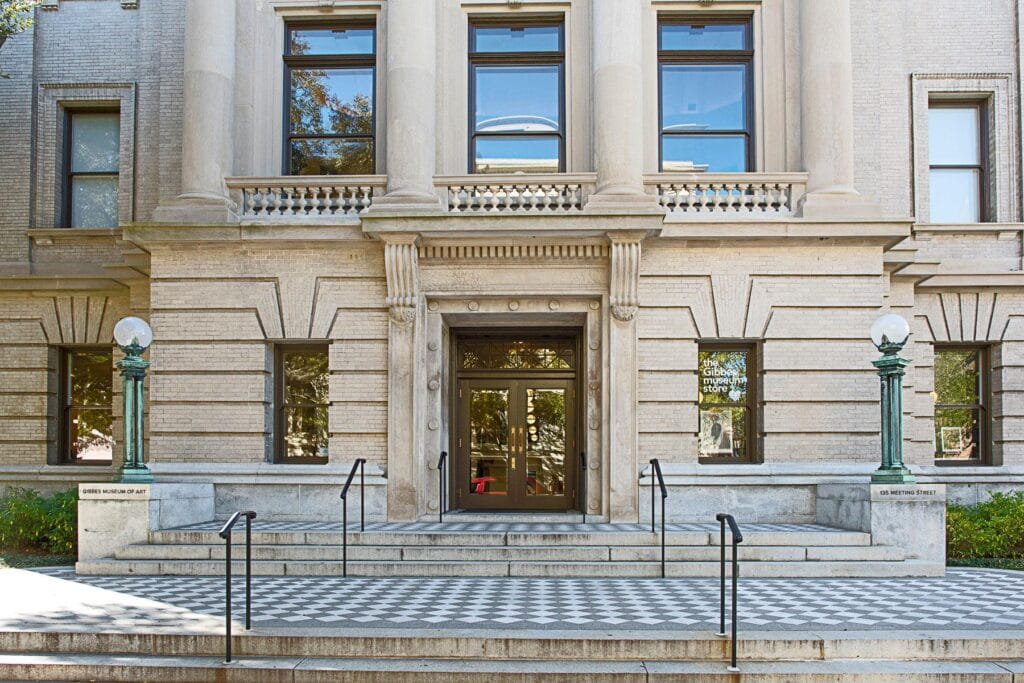
9-Go to Among the United States’ Oldest Plantations
There are still several plantations in Charleston, but Drayton Hall is one of the few that hasn’t been repaired. The National Trust for Historic Preservation is in charge of maintaining it in its original state and is renowned for its Georgian-Palladian architecture. In addition to learning about the history of those who were slaves on the land, visitors get to observe how the wealthy lived.
10-The Ma Bowen Method of Eating Oysters
After Ma Bowen established her fish camp and seafood shack on Bowen’s Island in 1946, the island gained notoriety for its oysters. Even after the original Bowen’s Island Restaurant burned down in 2006, the Bowen family tradition has persisted for decades. This site is frequently crowded, so if you go, plan to remain for a while.
11-Go to the USS Yorktown.
The USS Yorktown, the destroyer USS Laffey, and a fire base from the Vietnam era are all part of the Patriots Point Naval & Maritime Museum, the renowned “Fighting Lady” of World War II. A medal of honor museum, crew life, and naval aviation are just a few of the exhibits on board the ships. Given how big this place is and how much there is to see and admire, it is advised to set aside an afternoon.
12-The Intracoastal Waterway in a kayak
A kayak journey on the Intracoastal Waterway is the greatest way to see the Lowcountry. A journey on the water is a fun way to spend an afternoon during March trips that are full of seabirds and dolphin sightings.
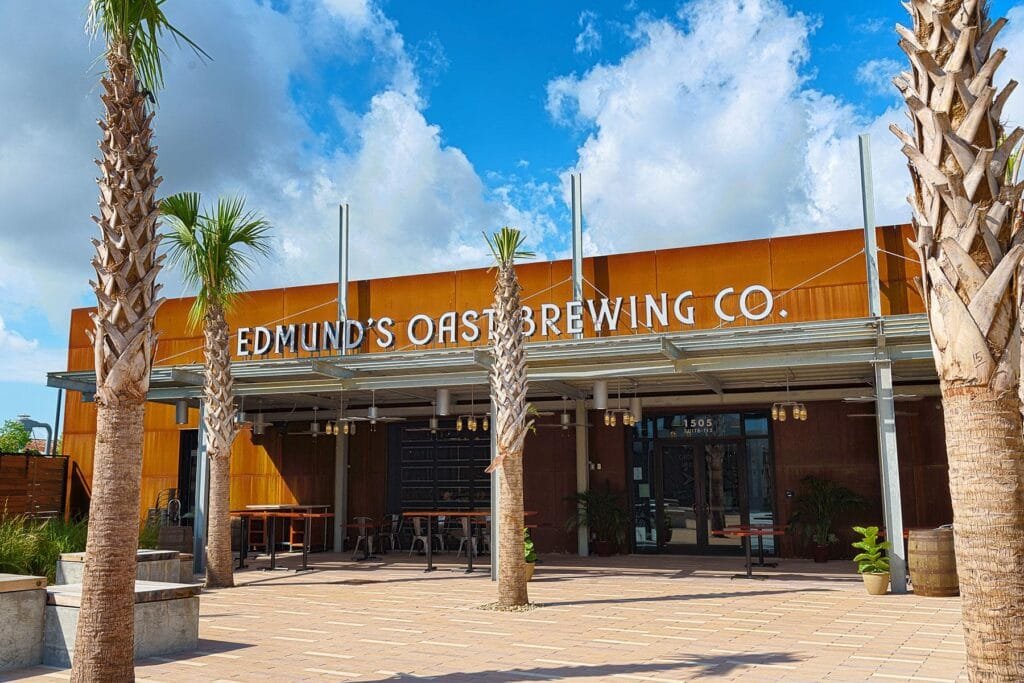
13-Consume Freshly Caught Seafood at a Shipwreck Site
You should be able to tell you’re in for some straightforward fresh seafood just by looking at this iconic restaurant, The Wreck of Richard and Charlene, which has a sea shanty design. This is the place to go if you want seafood right out of the pier without all the pomp and fanfare of downtown restaurants. Imagine stone crab claws, deviled crab, and baskets of fried shrimp. You can watch the shrimp boats arrive as the sun sets on Shem Creek if you time it correctly.
14-Feed Your Soul in a Church That Has Converted
From the Gothic architecture to the religious imagery, everything about dining in a church looks dramatic. However, Church and Union leave the glitz and glamour to the building’s past. Rather, the restaurant elevates the cuisine that is primarily associated with the low region by adding refined flavors. The greatest time to go is for brunch, when you may eat a fried chicken BLT and grilled Anson corn.
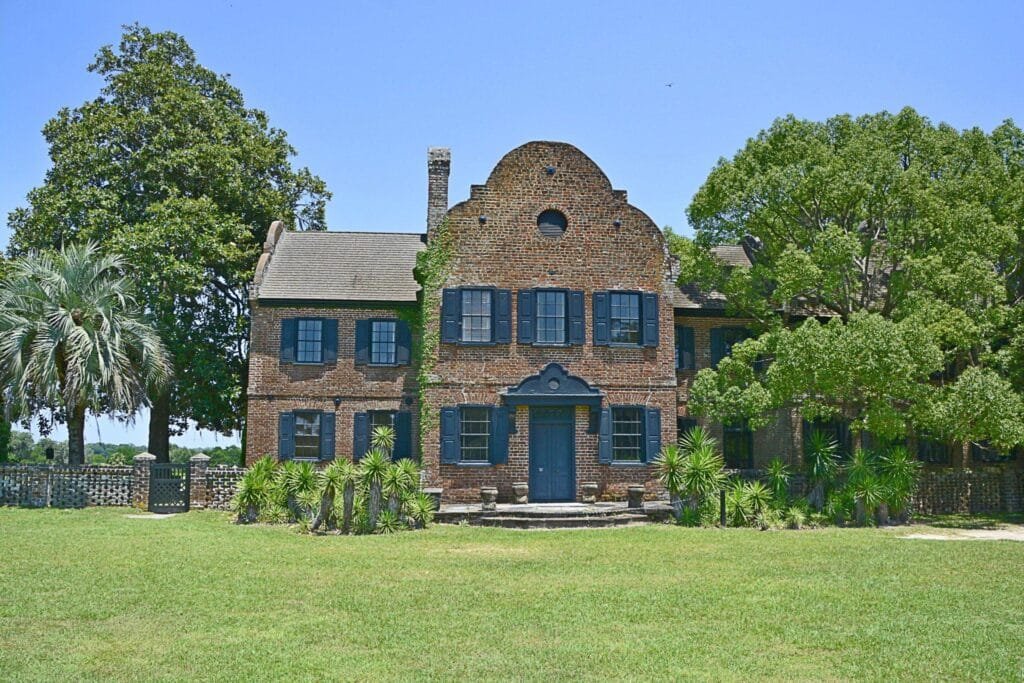
15-Go on a Barbecue Tour of the Top Pitmasters in the South
Take a Barbecue Tour of the Best Pitmasters in South Charleston offers a lot of delicious food, but our pitmasters are the newest addition to the city. We’ve gained what some have dubbed “the barbecue triangle” in the last two years, which is a one-mile radius that includes Lewis Barbecue, Home Team BBQ, and Rodney Scott’s BBQ. Although they all have different styles, they are all excellent. Make sure you put this tour on your list and put on your eating pants.
16-Buy a Sweetgrass Basket at the Four Corners of Law
Sweetgrass Crafts is one of the few African customs that predate slavery that are still practiced in the United States. Men and women from 50 different Gullah families, whose ancestry dates back to the first slave ships, create these amazing woven works of art. Baskets are still on sale at the old slave market and at the “Four Corners of Law” in Charleston, which is where Meeting and Broad Streets meet.
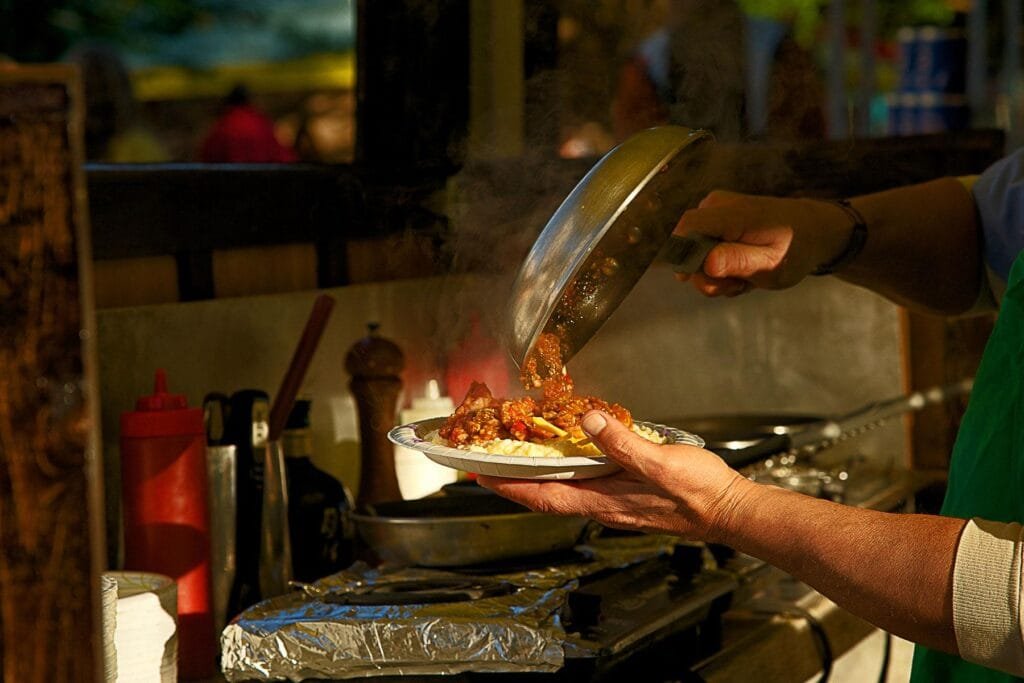
17-Visit Vendue to See the Sunset
Charleston’s waterfront dining options are surprisingly limited for a peninsula. A seat at the Rooftop at Vendue at sunset is therefore a fantastic find. A stunning rooftop bar at the downtown hotel offers views of the Ashley and Cooper rivers as well as beyond. Admire the eponymous steeples of the Holy City as the sun sets over the city from this location.
18-Learn About Slavery at McCleod Plantation Slavery
is a real blot on American history, and its effects are still being felt by our culture today. Although many farms appear to have moved past their troubled history, McCleod, a former major supplier of cotton in South Carolina, aims to inform guests about all that happened on their plantation.
19-Locate Your Biscuit Jam
If you haven’t had a biscuit, have you actually dined in the South? They can be salty and wrapped around a piece of fried chicken or sweet and topped with jam, making them a breakfast (or any time of day) favorite. Charleston has many locations to get biscuits, but Callie’s Hot Little Biscuit is one of the most well-known.
20-Visit One of the Oldest Museums in the Country
Established in 1773, the Charleston Museum showcases a range of rotating and permanent exhibits. The city’s involvement in the slave trade and the American Revolution, notably its armory, are the subjects of permanent exhibits. Beyond the museum, visitors can explore the historic mansions of old Charleston families that have been maintained.
21-Devour Some She-Crab Soup
The female crab, its roe, sherry wine, and additional ingredients are used to make she-crab soup. Many restaurants serve this as a side or by the bowl with slight variations. You will need to try a number of She-Crab soup before you can determine which one is your favorite. That’s not a bad thing because Charleston has mastered this cuisine throughout the years. Favorite eateries include 82 Queen, Hank’s, Amen Street, and Poogan’s Porch.

22-Visit Philip Simmons House and Workshop
This workshop appears to be modest from the outside. But inside, the proprietor was making the city’s famous balconies, window grills, and gates—just check for the tightly-curled iron. Born into a family of former slaves, Philip Simmons worked as a blacksmith for 78 years. From 1960 until 2008, he owned the house and workshop, which a family member currently keeps up.
23-See the Oldest Tree in the Southeast
A 400-year-old tree that is adored by everyone who sees it sits down a dirt road on Johns Island, 30 minutes from downtown. Angel Oak is 66.5 feet tall and 17,200 square feet in size. It is free to view and is regarded as one of the oldest living things in the United States.
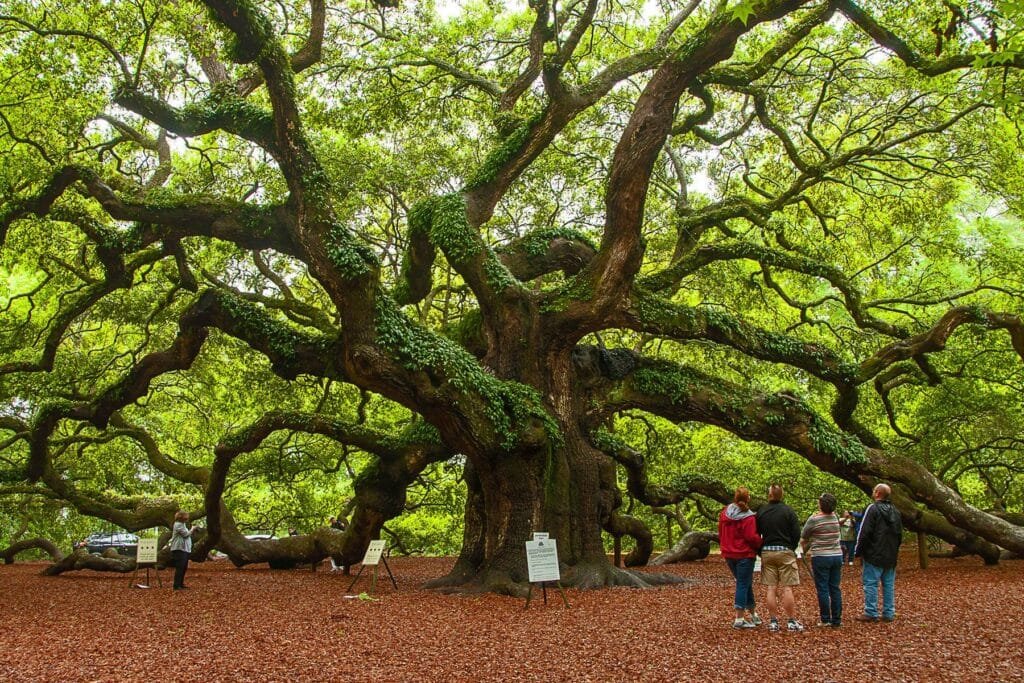
FAQs
1. What makes Charleston a must-visit destination?
Charleston is celebrated for its rich history, vibrant culinary scene, and stunning architecture. Visitors can explore plantations, art museums, and iconic historic sites like Fort Sumter.
2. Where can I try authentic boiled peanuts in Charleston?
Timbo’s is a must-visit spot offering boiled peanuts in plain, Cajun, and ham flavors. It’s located near popular plantations like Magnolia and Drayton Hall.
3. What is unique about Charleston’s historic homes?
Homes like the Aiken-Rhett House provide a glimpse into the lives of Charleston elites and enslaved individuals. Visitors can see preserved quarters and original furnishings.
4. How can I explore Charleston’s waterways?
Kayaking the Intracoastal Waterway is a great way to enjoy the Lowcountry, with frequent sightings of seabirds and dolphins.
5. What is the significance of Fort Sumter?
Fort Sumter is where the first shots of the Civil War were fired in April 1861. Tours from Liberty Square offer historical insights and a harbor journey.
6. Where can I find the best seafood in Charleston?
For a casual seafood experience, try The Wreck of Richard and Charlene on Shem Creek, or enjoy oysters at Bowen’s Island Restaurant.
7. What is sweetgrass weaving, and where can I buy it?
Sweetgrass weaving is a traditional Gullah craft. These baskets are available at the Four Corners of Law and the historic Charleston slave market.
8. Where is the best spot to watch the sunset in Charleston?
The Rooftop at Vendue offers a breathtaking view of the Ashley and Cooper Rivers, perfect for a sunset dining experience.
9. What is the Angel Oak, and where can I find it?
The Angel Oak is a 400-year-old tree located on Johns Island, about 30 minutes from downtown Charleston. It’s one of the oldest living things in the U.S.
10. Where can I learn about Charleston’s history of slavery?
The McCleod Plantation provides an educational experience about the lives of enslaved individuals and the plantation’s history as a major cotton supplier.
Internal Links
- Best Time to Visit Charleston, SC
- Top Hotels in Charleston
- Guides for Exploring Charleston’s Historic Sites
External Links
